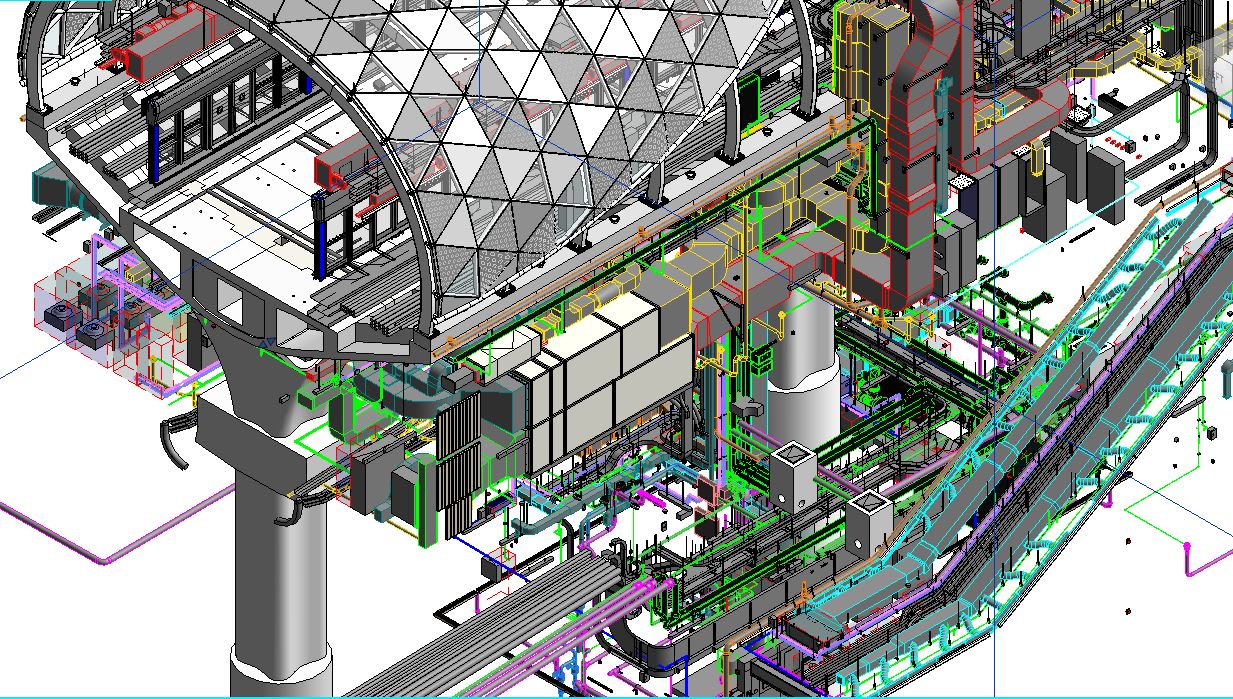
The Future of Construction: Innovations Driven by Structural 3D Modeling Technology
Why Is Structural 3D Modeling Important? A Critical Look at Its Impact on Modern Construction
Structural 3D modeling is indeed an indispensable tool in the modern construction and engineering landscape. Its importance cannot be overstated, as it brings precision, efficiency, and innovation to the forefront of architectural, engineering, and construction projects. It is imperative that industry professionals embrace and invest in this technology to stay competitive.
The benefits of structural 3D modeling go beyond mere visualization; it enhances collaboration among stakeholders, reduces errors and rework, and accelerates project timelines. By leveraging this advanced tool, projects can achieve higher levels of accuracy and detail, leading to improved safety standards and cost savings. Ignoring the potential of structural 3D modeling is not an option for those who aim to lead in the ever-evolving construction sector.
Structural 3D modeling allows architects and engineers to create highly accurate representations of a building’s structural components. Unlike traditional 2D plans, 3D models offer a comprehensive view that includes dimensions, geometry, and spatial relationships between different elements. This precision minimizes errors during the construction phase, reducing costly rework or structural issues. and streamlining the entire building process.
The enhanced visualization capabilities of 3D modeling enable stakeholders to better understand and evaluate the design, facilitating more informed decision-making. Moreover, with 3D models, potential conflicts or clashes between structural components can be identified and resolved early in the design phase, further preventing delays and budget overruns. Integrating this technology into project workflows is not optional but essential for staying competitive in today’s fast-paced construction industry. The investment in software and training quickly pays off through increased efficiency, improved accuracy, and overall project success. Therefore, adopting structural 3D modeling should be a priority for any architecture or engineering firm aiming to deliver high-quality projects on time and within budget.
The digital model can include everything from load-bearing walls and beams to floors and foundations, ensuring that each part of the building is correctly sized and placed. This also helps detect design conflicts, such as clashes between structural and MEP (mechanical, electrical, and plumbing) systems early in the design stage. By identifying these conflicts early, costly and time-consuming modifications during construction can be avoided. It is imperative that our project team utilizes this digital model to its fullest potential to streamline the entire building process. Ignoring these tools could result in significant delays and budget overruns, which are unacceptable. Therefore, I expect every team member to engage thoroughly with the digital model, ensuring all aspects of their work are accurately represented and any issues are promptly addressed. This approach will guarantee a smoother workflow and a successful project outcome.
Structural 3D modeling services offer enhanced visualization capabilities, allowing all stakeholders—including architects, engineers, contractors, and clients—to better understand the design. Whether it’s the structural integrity of a skyscraper or a simple house, a 3D model enables non-technical stakeholders to visualize the outcome in a way that 2D drawings cannot. Furthermore, 3D modeling significantly improves the accuracy and efficiency of the design process. By providing a detailed and precise representation, potential issues can be identified and addressed early in the project, thereby reducing costly revisions and delays.
This level of detail also facilitates better communication among team members, ensuring that everyone is on the same page. Additionally, 3D models can be easily modified to incorporate changes or updates to the design without extensive rework. This flexibility is crucial in today’s fast-paced construction industry, where adaptability can make or break a project’s success. Moreover, these models allow for advanced simulations such as stress tests and thermal analysis, giving engineers critical insights into performance under various conditions. Incorporating structural 3D modeling services into your workflow not only streamlines operations but also elevates the quality of your deliverables. It is an indispensable tool for any professional looking to stay competitive in an increasingly complex market landscape.
Here’s a detailed exploration of why structural 3D modeling is so crucial:
Enhanced Accuracy and Precision:
Structural 3D modeling allows for the creation of extremely accurate and detailed representations of buildings or structures before any physical work begins. This precision helps in identifying potential design issues and errors early in the planning stage, which can save time and reduce costly mistakes during construction.
Improved Collaboration and Communication:
With a comprehensive 3D model, all stakeholders in a project—be it architects, engineers, contractors, or clients—can visualize the project in a unified way. This visualization aids in better communication and understanding, ensuring that everyone is on the same page and reducing the likelihood of misunderstandings and errors.
Efficiency in Design and Construction Processes:
3D modeling streamlines both the design and construction processes. Changes to designs can be made quickly and easily, allowing for faster iterations and updates. This flexibility leads to a more efficient project timeline, helping projects to be completed on or ahead of schedule.
Cost-Effectiveness:
By detecting design conflicts before construction begins, structural 3D modeling can prevent unnecessary expenditure on materials and labor. Additionally, the precision of 3D models can optimize the use of materials, reducing waste and further lowering costs.
Enhanced Project Visualization:
Structural 3D models provide a clear and detailed view of the project, which is invaluable for client presentations and marketing purposes. Being able to see a realistic representation of the finished structure helps clients make informed decisions and approvals, thus speeding up the decision-making process.
Safety and Compliance:
3D models help ensure that structures comply with relevant building codes and safety regulations. By simulating various scenarios, engineers can predict how a building will behave under certain conditions, enhancing the overall safety of the structure.
Sustainability:
Structural 3D modeling contributes to creating more sustainable and environmentally friendly buildings. By optimizing materials and improving the building’s design, 3D modeling helps in reducing the structure’s carbon footprint and ensures it meets sustainability standards.
In conclusion, structural 3D modeling is not just a beneficial tool but a fundamental component in the realm of modern construction and engineering. It brings about a transformation in how projects are designed, communicated, and executed, leading to smarter, safer, and more efficient building practices. Adopting this technology is imperative for any firm aiming to excel in the competitive field of construction and engineering.
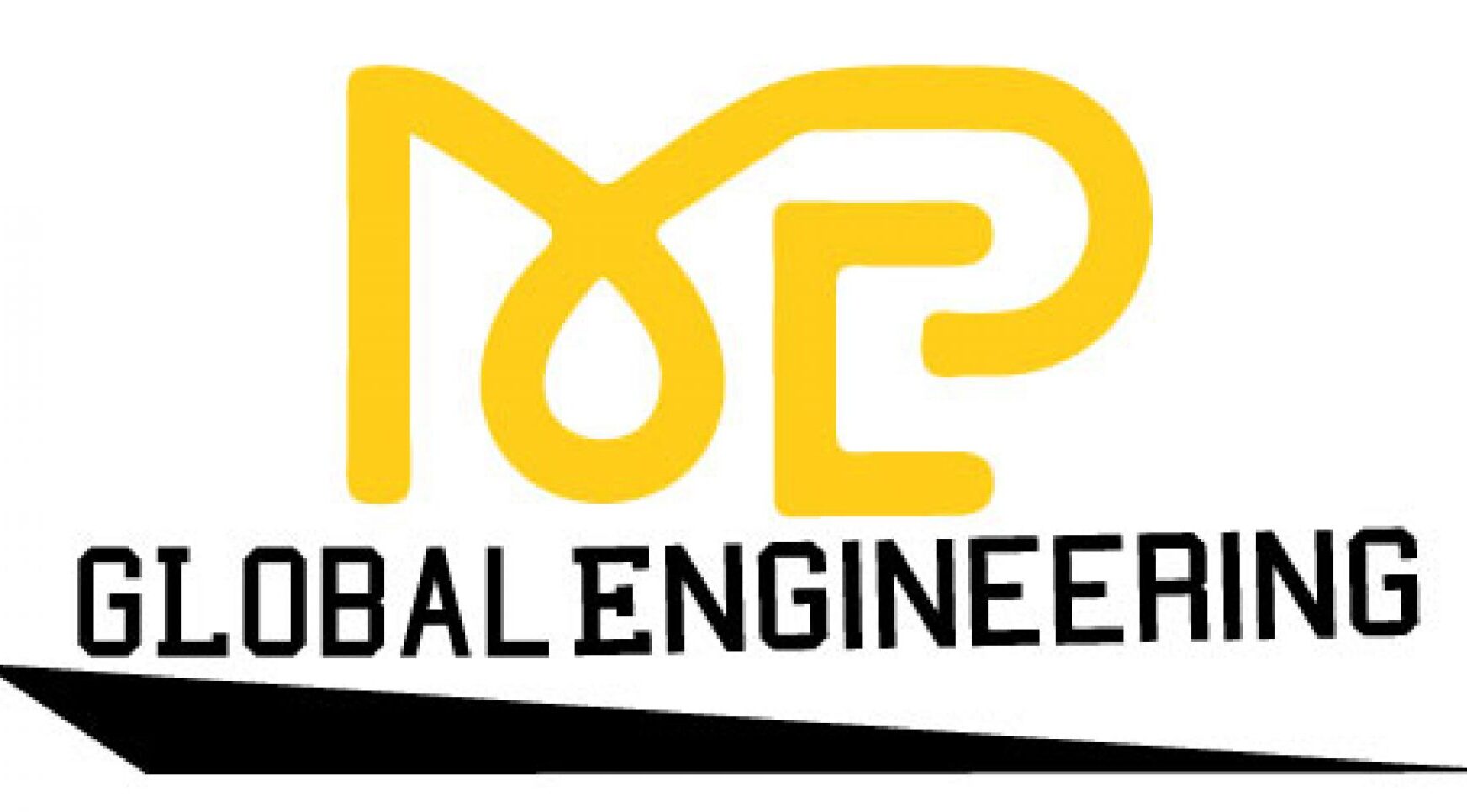
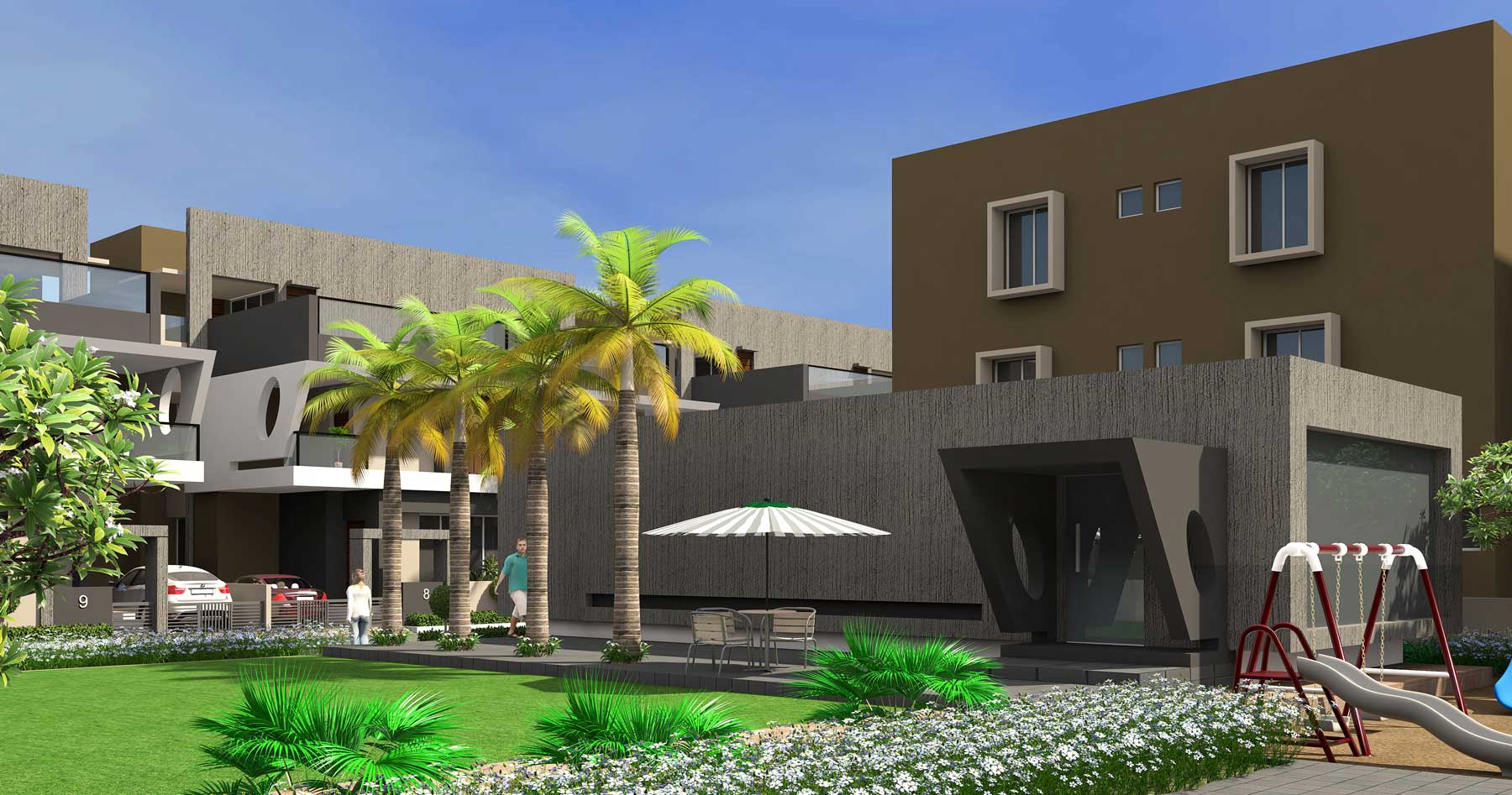
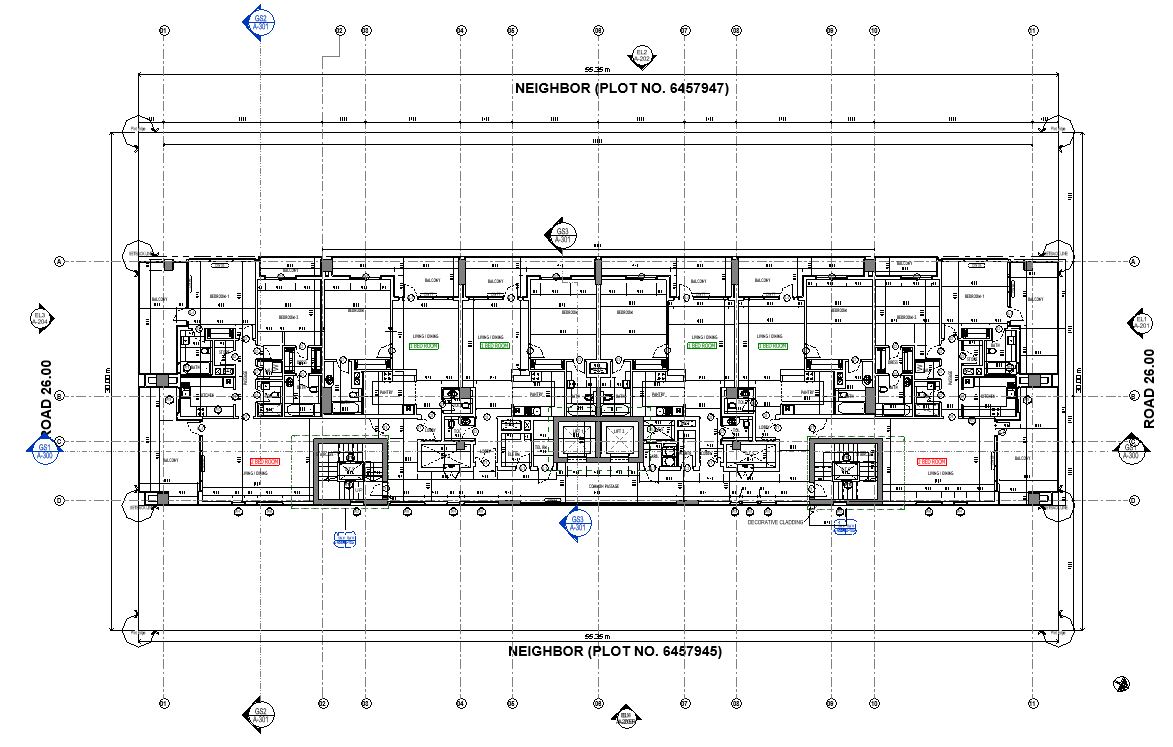
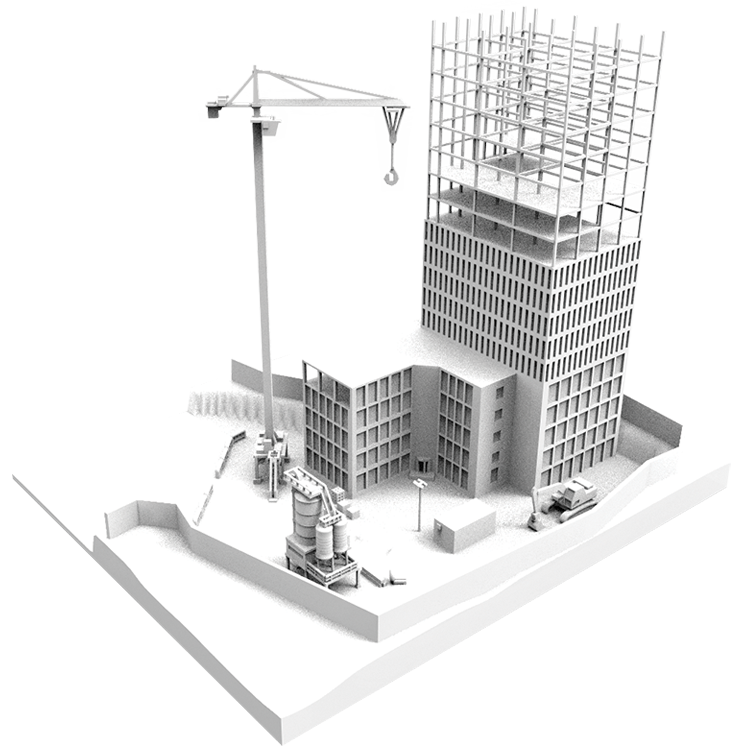
Why Adopting BIM is Non-Negotiable for Forward-Thinking Firm
[…] and higher quality outcomes. Embracing BIM is crucial for those who aim to be at the forefront of innovation in construction […]